Shooting portraits with a Phase One IQ250
By Andrew Paquette
About three years ago I started getting serious about photography. At the time I didn’t know what I wanted to shoot, just that I wanted the shots I took to be better than they had been. My first attempts to improve my photos involved getting better equipment. I upgraded my Nikon D70 to a Nikon D5100, then to a D800, and then an A7r (though it isn’t technically an ‘upgrade’). At the same time, I improved the quality of my lenses, eventually acquiring a collection of Zeiss, Leica, and Nikon glass.
The equipment made a difference in a few ways. Technically, I had more pixels, better colour fidelity, and more control over how the pictures were taken. However, for quite a while I wasn’t sure what I wanted to shoot. I started with landscapes, macro nature shots, street shots, and sports. Of these subjects, I actually got a few paying gigs to shoot outdoor basketball (a regular gig, as it happens). Sports were fun to shoot, but I was still looking for better quality images. This led me to start renting studios so that I could work with studio lights. The difference in quality was a real revelation. At that point, though it was expensive, I started plotting ways to get studio time and access to medium format gear. Last year I picked up a Phase One IQ250, some ProFoto B1 units, and then proceeded to shoot everything in sight with the gear.
Although not made for sports, the colour produced by the IQ250 sensor was beautiful in the couple of basketball shoots I took it out on. It also excelled with the landscapes I tried it with. However, it really shines with portraits. I hadn’t shared those here to date because portrait shoots usually yield only one or two shots and it didn’t seem interesting enough to talk about such a small number of images. Now though, I have more—still not a lot—but enough to talk about. I am still working on making a portfolio, so these are not clients, but friends or acquaintances who have been kind enough to pose for me. All of the shots use between one and two ProFoto B1 units. Some also have a reflector or an in-shot light source. All but one of the portraits is taken with a Phase One IQ 250 back on a Phase One 645 DF+ camera. Lenses are either the SK 28mm LS or the SK 80mm LS. The sole exception to the Phase One group was taken yesterday with a backup camera (a Nikon D800 with a 15mm Zeiss Distagon) after I had a shutter failure with the 645 DF+. I was happy with the shot, but wished I’d had the Phase One because some of the shots from the shoot had to be discarded due to banding, something that would not have happened with the Phase One.
A comment on the lighting: I use the Nikon version of the ProFoto air remote but hardly ever use it on my Nikon. This is because I do almost all of my shoots with the Phase One now. When I have used it, I am usually annoyed with the TTL mode for ‘perfect exposure’. In practice, this usually means really bad lighting because it automatically adjusts the lights to get a nice histogram, but ignores every other factor in the shot. I much prefer shooting in manual mode with the lights so that I can make fine adjustments—even if the exposure isn’t ‘perfect’.
Below are some selected portraits:
Figure 1 Martijn, Nikon D800, Zeiss 15mm f/10, 1/250, ISO 100
–
Figure 2 Bing (1), IQ250, SK 28mm, f/4.5, 1/160, ISO 800
–
Figure 3 Bing (2), IQ250, SK 28mm, f/7.1, 1/80, ISO 100
–
Figure 4 Neville the mad, IQ250, SK 28mm, f/7.1, 1/320, ISO 200
–
Figure 5 Neville the gentleman, IQ250, SK 80mm, f/5.6, 1/200, ISO 400
–
Figure 6 Neville the gangster (1), IQ250, SK 28mm, f/4.5, 1/160, ISO 400
–
Figure 7 Neville the gangster (2), IQ250, SK 80mm, f/8, 1/320, ISO 400
–
Figure 8 Martin, Sandy, and Les Paul, IQ250, SK 80mm, f/4, 1/80, ISO 200
–
Figure 9 Martin with cycling goggles, IQ250, SK 80mm, f/6.3, 1/40, ISO 200
–
Figure 10 Sally and Daisy, IQ250, SK 28mm, f/4.5, 1/160, ISO 200
–
Figure 11 Parkour crew, IQ250, SK 28mm, f/8, 1/1600, ISO 200
–
Figure 12 Alex, IQ250, SK 28mm, f/7.1, 1/1600, ISO 200
–
Figure 13 Bulent, IQ250, SK 28mm, f/7.1, 1/1600, ISO 200

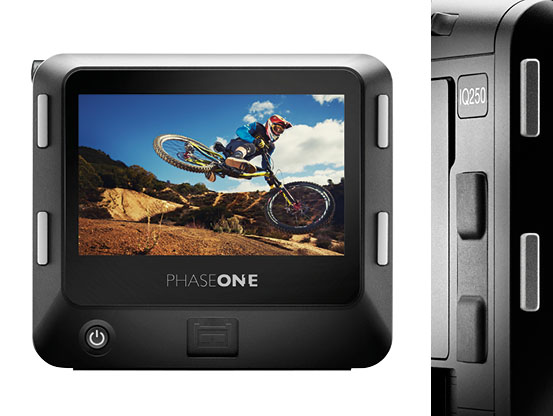
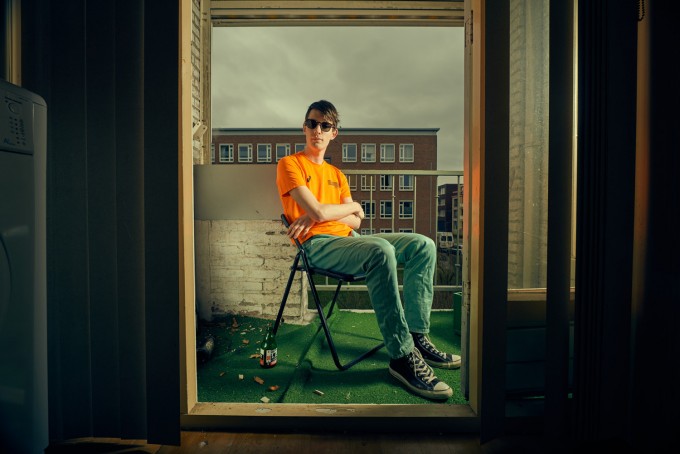
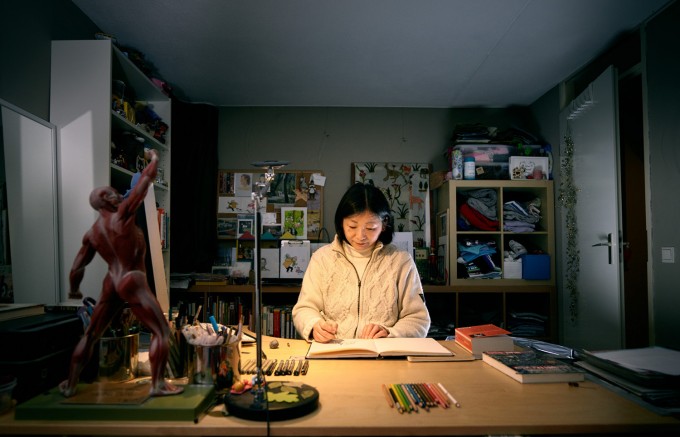
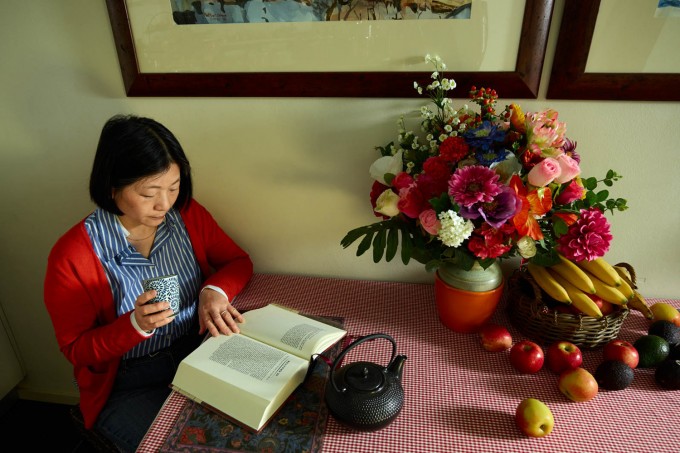
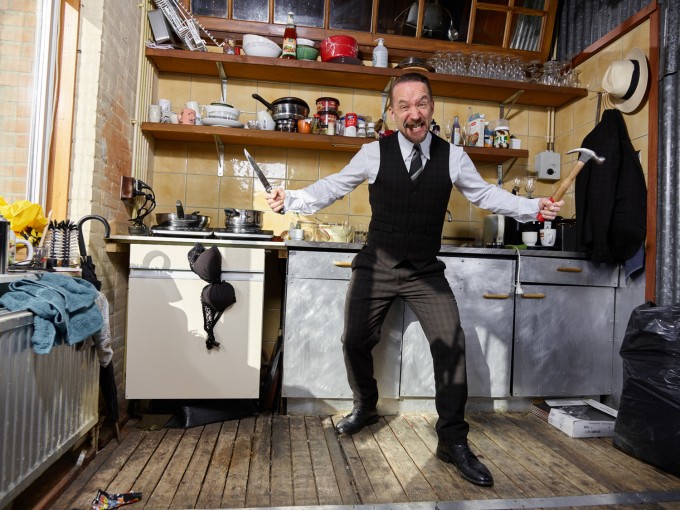
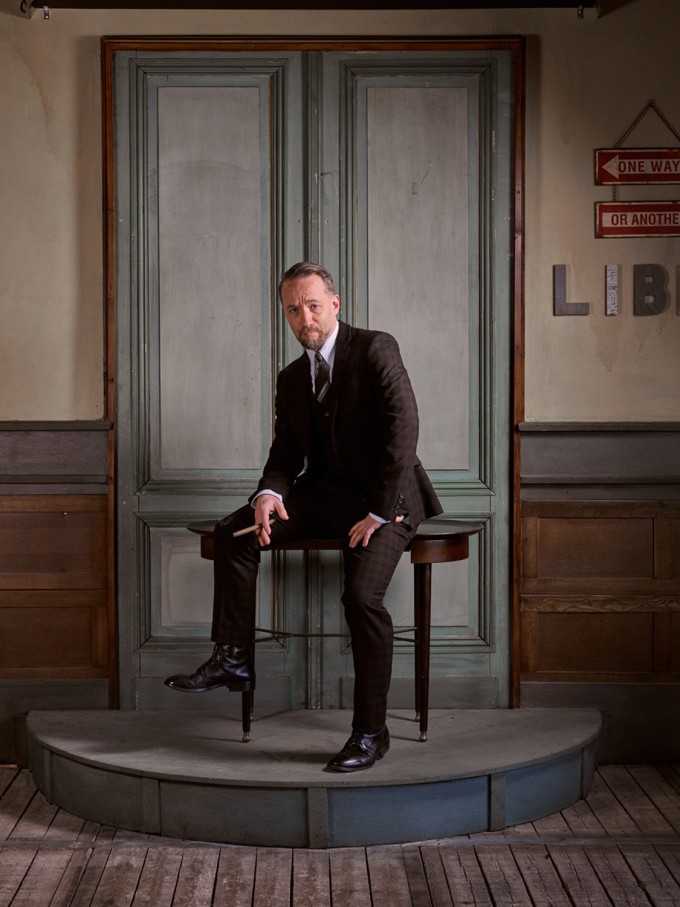
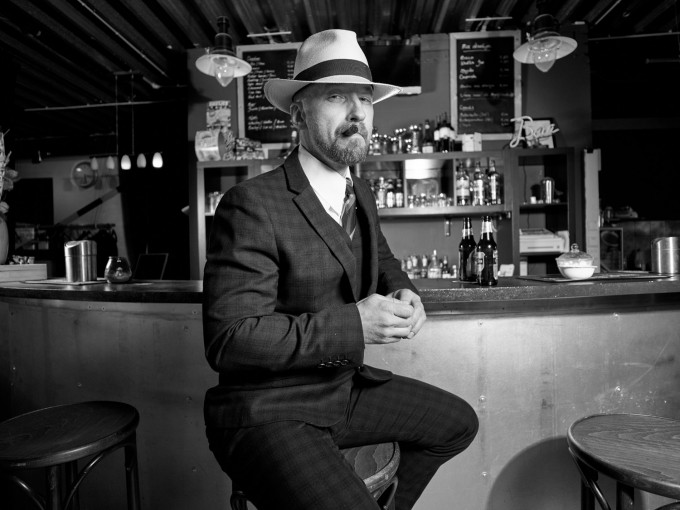
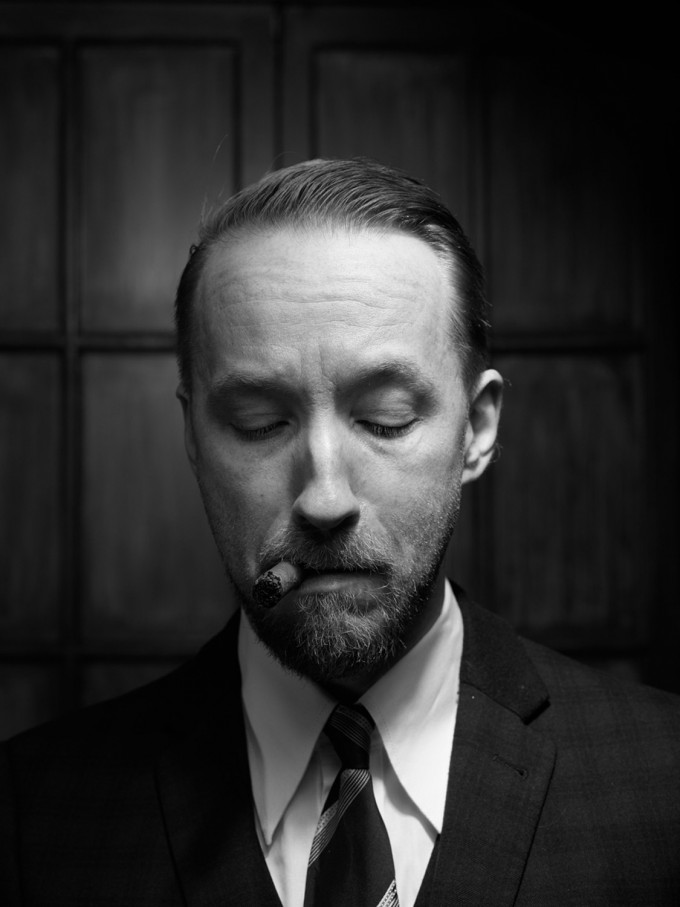
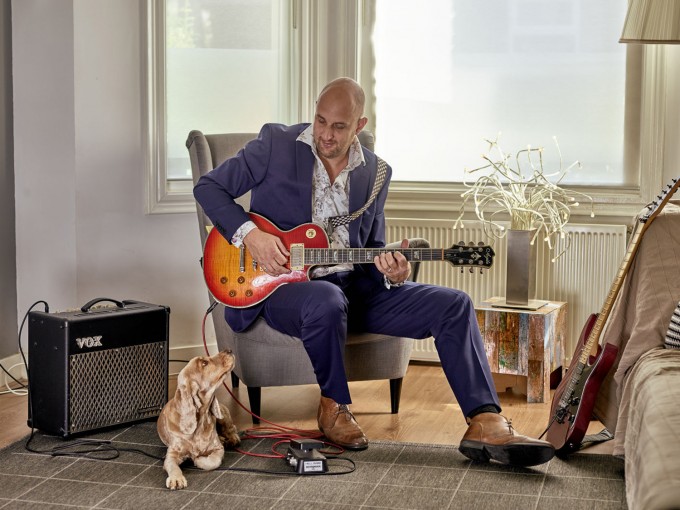
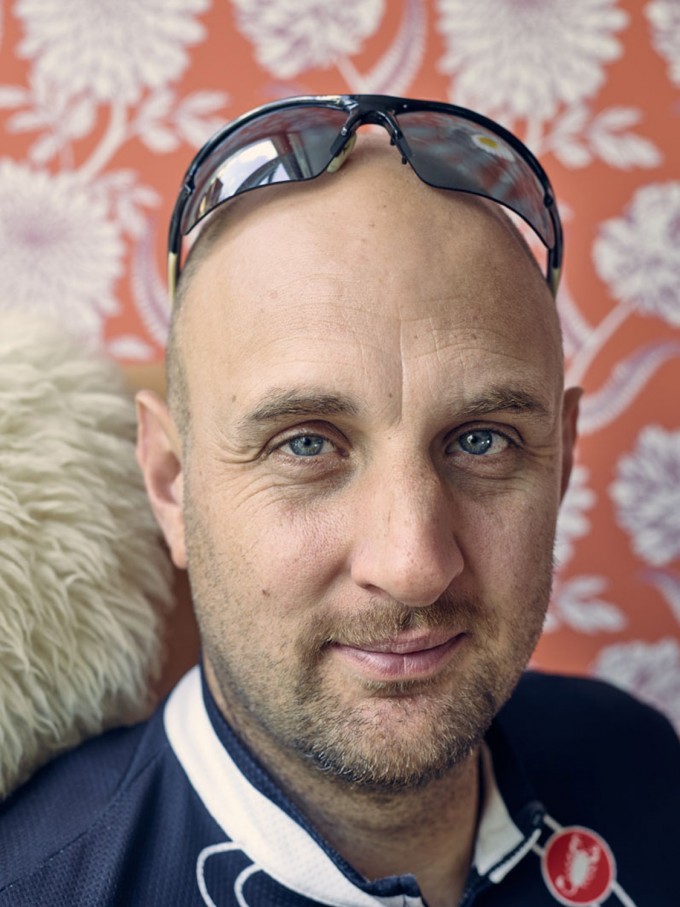
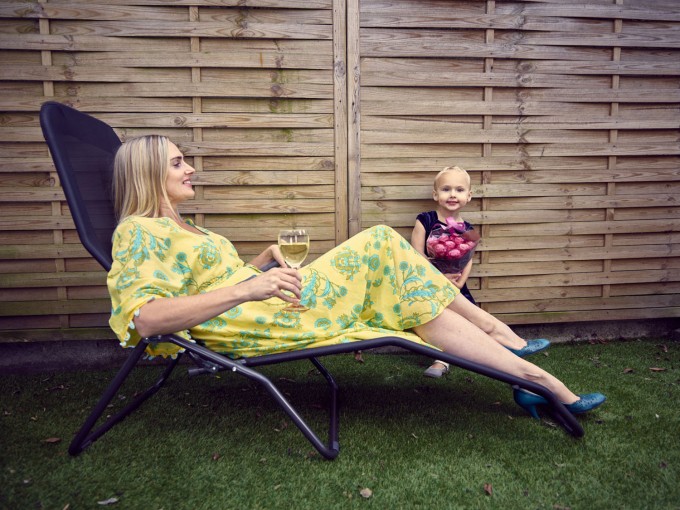
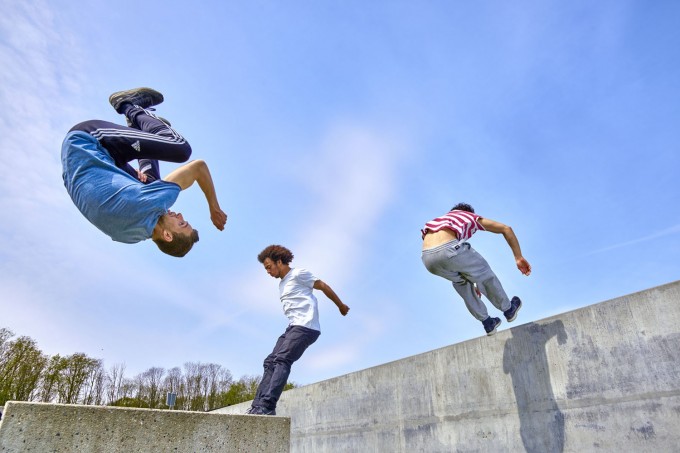
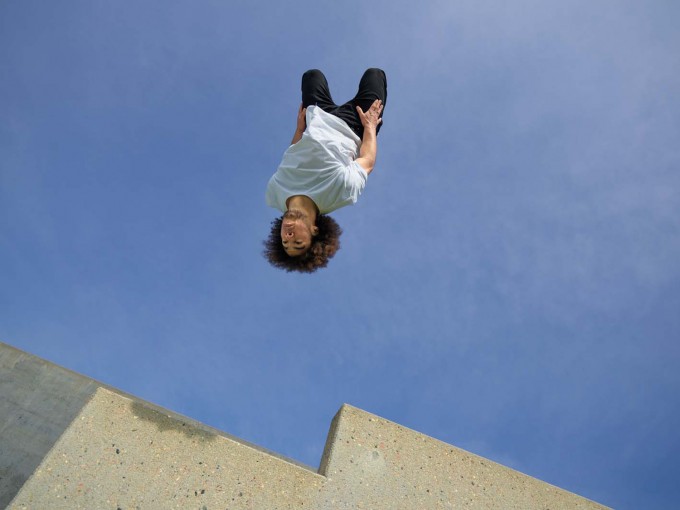
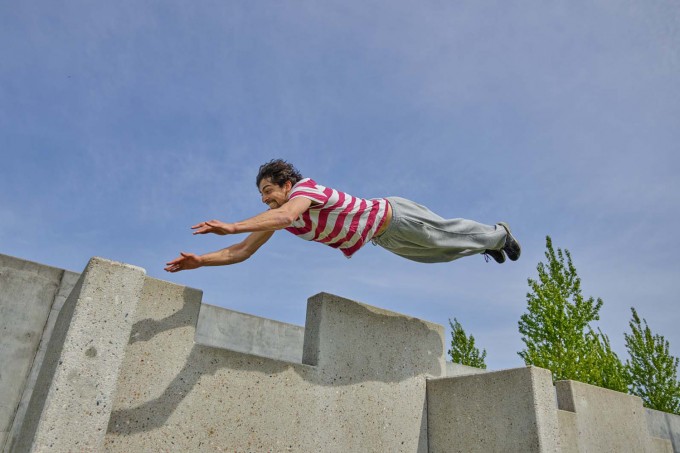

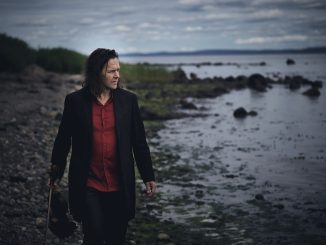

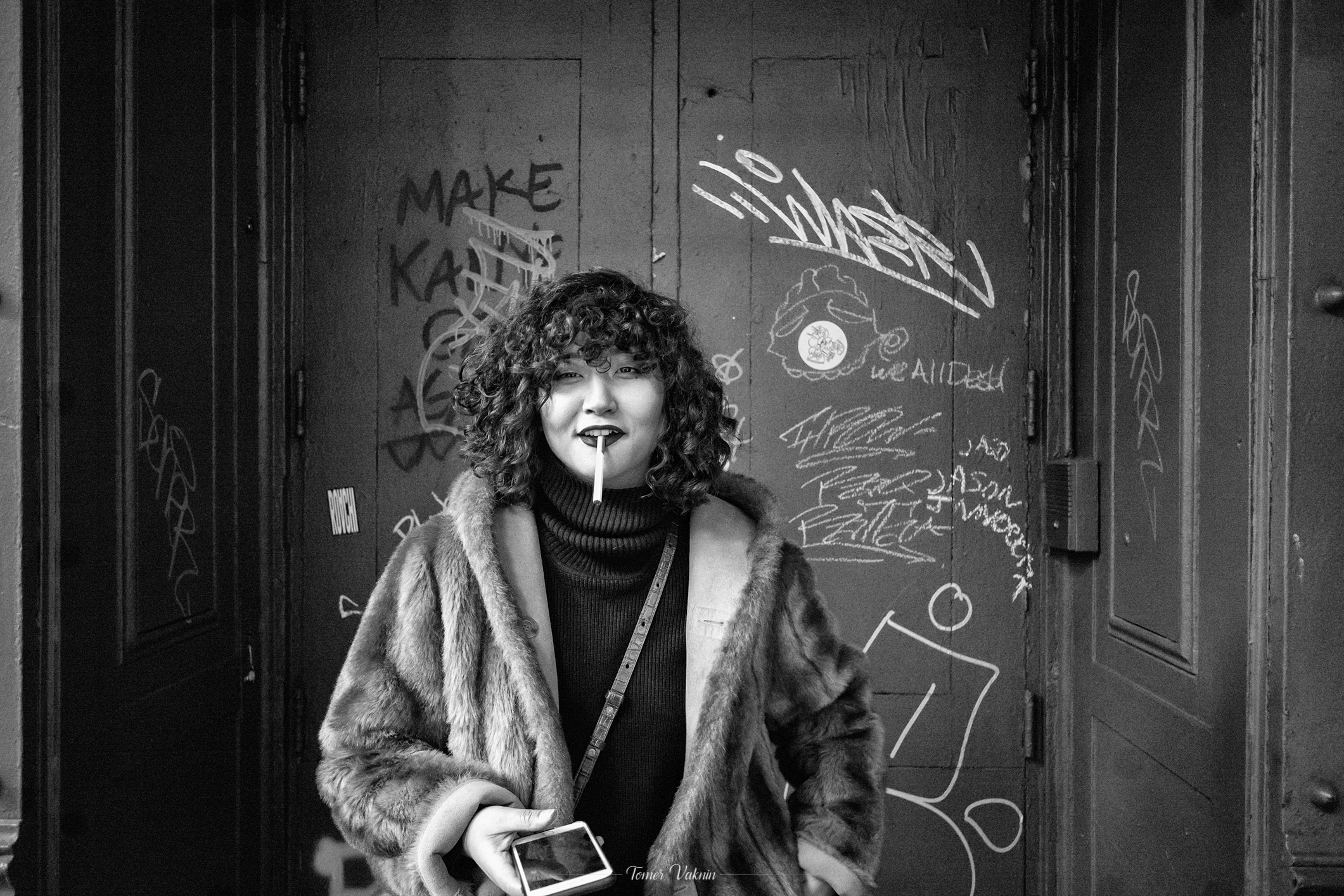
Nice images. We use an IQ280 in the studio for our product photography and sometimes a D850 incase of a backup. But the difference really comes in to the CCD sensor (IQ280) and the CMOS (Nikon and IQ250) – CCDs are legacy but brilliant sensors, so, and no (usable) LiveView — I’d suggest trying an older CCD back like the IQ1’s or even the P+ ranges to really see the difference!
Looks like I forgot to mention my website in the article. It is http://www.paqphoto.com
Thanks for the reply Andrew. May I make two suggestions?
1 Try and make the lighting rawer, less “artificial” looking? Maybe emphasize ambient light a bit more. Would love to see how that works out.
2 You’re the photographer, you’re in charge, you decide how the portrait should look, not the subject. Try and impress yoúr vision on the image, not the subject’s vision.
Cheers,
Michiel
Thanks for the reply, Andrew ! It sounds really complicated, but the proof’s in the eating — it all worked out so beautifully that the end result looks spontaneous and effortless, like PG Wodehouse’s writing ! Great Stuff !!
– Subroto Mukerji
Even if they’re not legible (and they mostly are) I think they distract from your subject. I like this one a lot. Good pose, good lighting, the lines direct the eye to the subject. There’s maybe enough room for some cropping. I would suggest reshooting this one without the signs, although it may be too much effort for you and the model. I’m thinking that it might be fun to place a folded traditional gentleman’s umbrella leaning against the wall as a nice prop to complement this subject.
The colour is what sold me on medium format. It is outstanding, though not always obvious at web resolution.
AP
Thanks for the kind words, they are appreciated! I am hoping to have another ten or fifteen decent portraits by summer for my portfolio because I’m finding that I like doing these more than anything else.
AP
When I took the shot, I considered taking the signage off the wall before taking the shot, but then changed my mind when I saw how it was cropped so that none of the words were completely legible. That said, I cleared a lot of junk off the ledge there and still look at that image wondering if I want to do a little retouching. As it is, it is close to straight out of the camera apart from some slight curve editing.
AP
Glad to hear it! I really enjoyed that shoot and the play on the old RCA “his master’s voice” ads. It was, however, very difficult to get Sandy to look up at Martin while he played the guitar. Even harder was photographing his two year old daughter, who essentially zoomed around like a quadcopter.
I don’t know if it’s my favourite, but if not, it is very close. I like that image quite a bit also, and am a bit surprised to say so because I wasn’t planning to shoot it the way I did. I had planned to shoot that composition, but switching cameras at the last minute also caused me to change the lighting a lot and that yielded a very different look–one that I like and will use again.
AP
Thanks! Your comment is appreciated. I used to draw comic books, so I do like to get some acting and action into my shots when possible.
AP
Neville really wanted to do the shoot in black and white, so I obliged. I shot all but one of these tethered, so I just set Capture One to black and white, and every shot came in converted automatically, making it very easy to see how the lighting was working out. We’ll be doing a spy-themed shoot next.
AP
Glad you like it! This is a shot I’d been wanting to shoot for weeks–pretty much every time I came into my kitchen. I tried it once before, but didn’t like the results. I had Bing try on several different sweaters, we switched out different ornamental tea pots, and worked the position of the fruit quite a bit also. In addition, the lighting is semi-complicated. We had sunlight streaming in from the window, but it caused strong dark shadows that completely obscured Bing’s face. After some trial and error, I used the following: one B1 unit outside the house facing inside, but away from the table, so that it would bounce off of a gold reflector I held that was aimed at the dark shadows between Bing and the vase of flowers. Another B1 unit was on the floor behind Bing, set to a low intensity, and pointed at the ceiling to fill the shadows behind Bing. In this way the following was accomplished: a light on Bing’s face, 2) shadows do not obscure portrait subject, back of chair comes out from background, natural-looking light from the window.
AP
None of my previous comments got through, so I’ll try again using my Twitter account. First, thanks to everyone for the kind comments, they are appreciated. My photographs are starting to look the way I want them to, so it is a great feeling to see the difference from when my shots tended to be random images of street scenes.
As a couple of posters have mentioned, it is difficult to see the difference between medium format and DSLR-produced images in 1500 pixel wide Internet jpegs. That said, the lighting plays a significant role and can make them look fairly close even at higher resolutions. However, certain situations, like white walls and soft light, are more prone to banding with a DSLR than medium format. Indeed, I had to toss a D800-produced image for the Martijn shoot for that reason. Also, my favourite image from that shoot, image 1 here, would have had a nicer tonal range if it had been shot with the Phase One.
AP
Great environmental Portraits. Me too, i like the first best. But that has nothing to do with IQ. It is really hard to showcase the supreme quality you can get out of a medium format sensor like the iq250 in (compressed) images made for the internet. I know from experience that is still far better than anything we have left, wether it is apsc or full frame.
And shure this post was not meant to discuss the old (and pointless) topic wether a better camera makes better images.
At least it shows that you serious about what you do and i think you are doing great. Keep it up.
Fantastic portraits, regardless of the sensor size they were taken with!
These do not look like Medium format quality to me -something that’s pretty impossible to convey on on the web anyway. However I think they are good photos -I like the black and white portraits best .
My favorite is Neville the Gentleman even though the signage on the right is a bit distracting. Good example of using the right focal length for portraiture. The first one that some people like has severe distortion from the 15 mm lens so that he looks like his head is tiny relative to his legs.
Clasic example demonstrating that most of what makes a good photograph isn’t the gear.
we are 3 now 🙂
I specifically like the smooth colour-resolution.
So do I ! 🙂
IMHO, Figure 3, the shot of Bing reading (with flowers and apples, the lovely kettle and the morning sunlight) is the most perfect combination of portrait and still life I’ve ever seen. Keep it up up Andrew – life is to enjoy !
My favourite shots are 1/ Martin, Sandy and Les Paul. Love the connection between the dog and the dog’s keeper.
2/ The second parkour shot with the single somersaulter.
Nice.
Another admirable effort. Some comments though (knowing Andrew likes to use equipment that may not always seem most suited to the job; he likes a challenge).
I can’t really see all of them as portraits, not even as “environmental” portraits. Having your subjects pose for the shot is not a bad thing at all, but some seem a little contrived. If the settings were, as I think, meant to convey different aspects of a character, I fear that sometimes got lost in the setting.
Still, very interesting to look at and (being a bit of b&w portrait man), I like the two gangster shots most.
Yeah I liked that one best too. Great portrait.
I love all your photos ,lots and lots of energy you capture. Act like never before ,that’s what these pictures mean to me
That’s exactly what i thought, all other shots dont represent medium format quality
Ironically the one I like the most is the one shot with the D800.